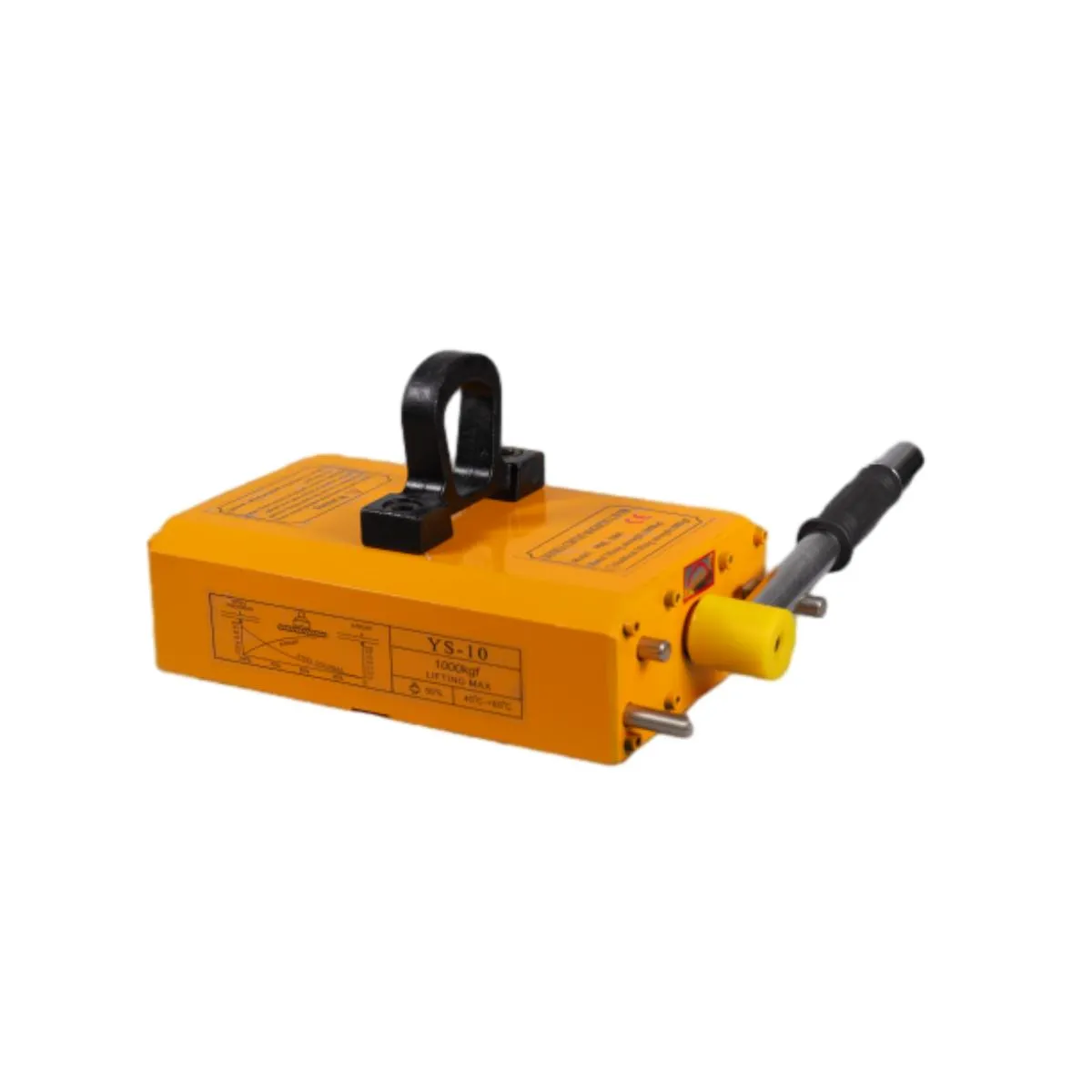Temporary Gantry Structure for Efficient Construction and Project Management Solutions
Understanding Temporary Gantry Systems A Comprehensive Overview
Temporary gantries are versatile structures widely employed in construction, events, and industrial applications. Designed to provide overhead support and safe access in a temporary setup, these gantries play a critical role in ensuring the efficiency and safety of numerous projects. In this article, we will delve into the significance, uses, advantages, and considerations associated with temporary gantry systems.
What Are Temporary Gantries?
Temporary gantries are typically constructed from steel or aluminum and are designed to support loads and equipment while facilitating safe transportation or operation underneath. Commonly seen in construction zones, film sets, and event venues, these structures can be customized to accommodate various heights and widths, making them adaptable to different needs.
Applications of Temporary Gantries
1. Construction Sites In the construction industry, temporary gantries are often used for loading and unloading materials. They provide a secure platform for cranes and hoists, ensuring that heavy materials can be moved safely above workers and equipment below.
2. Event Management Temporary gantries are essential in the event industry, where they are used to support lighting, sound systems, and banners. They create a visually appealing environment while ensuring that technical equipment is safely elevated and secured.
3. Industrial Use In factories and warehouses, temporary gantries can facilitate the movement of goods. They can be set up to assist with loading and unloading processes, offering increased safety by keeping workers clear of moving machinery.
4. Film and Entertainment The film industry commonly employs temporary gantries to support camera equipment, lights, and microphones during shoots. They allow for dynamic changes in angles and heights, enhancing the production value of films and live events.
temporary gantry

Advantages of Temporary Gantries
The appeal of temporary gantries lies in their numerous advantages
- Flexibility One of the standout features of temporary gantries is their adaptability. They can be easily assembled and disassembled according to project needs, making them suitable for short-term applications.
- Cost-Effectiveness Compared to permanent structures, temporary gantries are more cost-effective for projects that require overhead support for limited durations. They save on material and labor costs, while also reducing the need for complex engineering.
- Safety Temporary gantries are designed with safety in mind. They are constructed to withstand significant loads and are equipped with safety features to prevent accidents, such as guardrails and non-slip surfaces.
Considerations for Use
While the benefits are numerous, there are also important considerations when utilizing temporary gantries. Proper planning and risk assessment are essential to ensure that these structures can safely support the required loads. Additionally, compliance with local regulations and safety standards is crucial to prevent legal issues and ensure worker safety.
Conclusion
Temporary gantries are invaluable in a variety of sectors, providing a practical solution for overhead support and safe access. Their flexibility, cost-effectiveness, and safety features make them an essential component of modern construction, event management, and industrial operations. As the demand for efficient and temporary solutions continues to grow, understanding the role and benefits of temporary gantries becomes increasingly important for professionals in these fields. Whether in construction or entertainment, these structures are at the forefront of enhancing productivity and safety.
-
Permanent Magnetic LiftersNewsNov.01,2024
-
Operations with an Adjustable CraneNewsNov.01,2024
-
Machine Moving SkatesNewsNov.01,2024
-
Industrial Lifting MagnetsNewsNov.01,2024
-
Effective Machinery MovingNewsNov.01,2024
-
Adjustable Gantry CraneNewsNov.01,2024
-
Unlock the Power of Lifting with Permanent Magnetic LiftersNewsOct.11,2024
